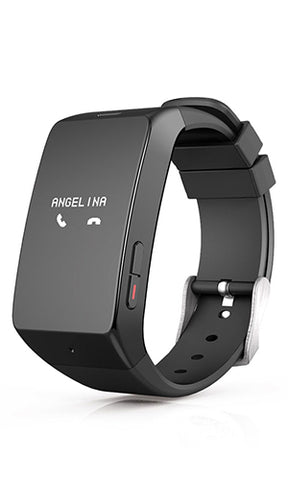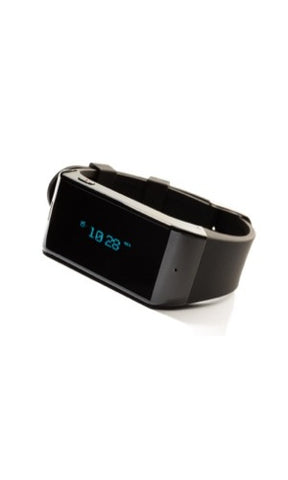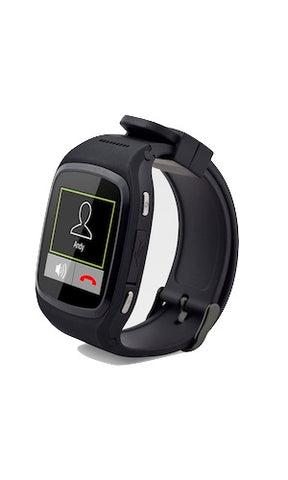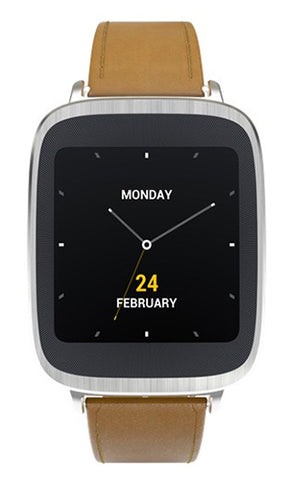Redesigning Fitness Wearables
Written By
Wearables.com
With the continued growth in sales of fitness wearables, we are surprised to see the lack in design diversity. As Jen Quinlan, Senior Marketing Director at Mutual Mobile, points out, the majority of these devices appear to be designing for the same user, with the same skill level and goals. The market leaders in fitness wearables including Nike Fuelband (pictured above), Jawbone Up, Fitbit, Polar Loop, all seem to be designing for the wrist-enthusiastic, “perfect-body user.” Quinlan accurately points out that the users of these devices are as varied as their goals. There appears to be two major issues in design: materials used, and lack of consideration of user diversity.
Lack in diversity in terms of materials – the materials used in these bands need to be as flexible as the user base is varied. Adults, children, and seniors all have varying needs for form and function. The current design works best for the already healthy, active adults. But many adult users are using these products with the goal of losing weight, therefore they need materials that fit their current size, and will adapt to future weight loss. Furthermore, children are widely unaccounted for in design of fitness wearables. This leaves them with few options but to choose the “x-small” sizes for existing devices. Lastly, seniors may need devices that allow for ease of removal and application due to joint issues such as arthritis or other dexterity issues.
Users have different abilities – beyond the athletic skill levels, many users who could benefit greatly from these devices may have limited limb ability or may even be missing limbs. The ability for users to choose how and where on their body to wear these devices becomes even more important in these situations.
Possible future iterations – devices will have to allow for more user freedom in how to wear the devices. The “one size fits all” approach will no longer work. Furthermore, devices should focus on market segment specific issues such as seniors (a wildly attractive market given the rise in baby boomers), and users with limited ability or mobility such as those in wheelchairs.
We should note that companies have begun to allow users more freedom in how to wear their fitness devices. The Misfit Shine for example can be worn on a band, or as a clip on. Though it does not directly address all of the issues mentioned above, it is a good sign of giving users more freedom through design.
Photo: Misfit Shine
Check out the original post on VentureBeat.
The post Redesigning Fitness Wearables appeared first on Wearables.com.
Tags: Featured Items, Health+Fitness




